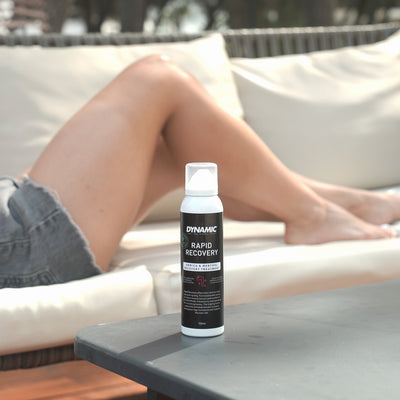Bike grease is a special type of lubricant specifically formulated for use on bicycles. It is used to lubricate various components, such as bearings, pedals, and derailleurs, in order to reduce friction and wear and ensure smooth operation.
Contents
Bike grease is typically made from a base oil, a thickener, and various additives that give it specific properties, such as resistance to water or heat. There are many different types of bike grease available, each designed for specific applications. Using the wrong grease can lead to poor performance and even damage to components, so it is important to choose the appropriate grease for the task at hand. Proper lubrication is essential for the maintenance and longevity of a bicycle.
There are many myths and misconceptions about greases. Here are a few common ones:
Any grease will do
Myth: Any grease will do for bike maintenance.
Fact: Different greases are formulated for specific purposes and can have different properties, such as consistency, stability, and resistance to water and heat. Using the wrong grease can lead to poor performance and even damage to components. It is important to use the appropriate grease for the task at hand. Take a look at our when to use which grease blog.


Bicycle grease = automotive grease
Myth: Bicycle assembly grease is the same as automotive grease.
Fact: While some greases may be similar, it is generally not a good idea to use automotive grease on a bicycle. Bicycle-specific greases are often specifically formulated to be compatible with the materials and tolerances found in bicycle components, which can be different from those found in automotive components.
Grease better than oil
Myth: Grease is always better than oil for lubricating bike components.
Fact: This is not necessarily true. In some cases, oil may be a better choice for lubrication. For example, oil can be more effective at lubricating fast-moving or high-stress parts, such as chain links and derailleur pivots. However, grease is typically better for lubricating slower-moving or less stressed parts, such as bottom brackets and headset bearings. It is important to use the appropriate lubricant for the specific application.


Always clean old grease off before applying new
Myth: You should always clean old grease off before applying new grease.
Fact: This is not always necessary. In some cases, it may be beneficial to remove old grease before applying new grease, especially if the old grease has become contaminated or has lost its effectiveness. However, in other cases, it may be sufficient to simply add new grease on top of the old grease, as the old grease can help to "seal" the surface and prevent contamination.
Have a look at our greases
Related blog posts




